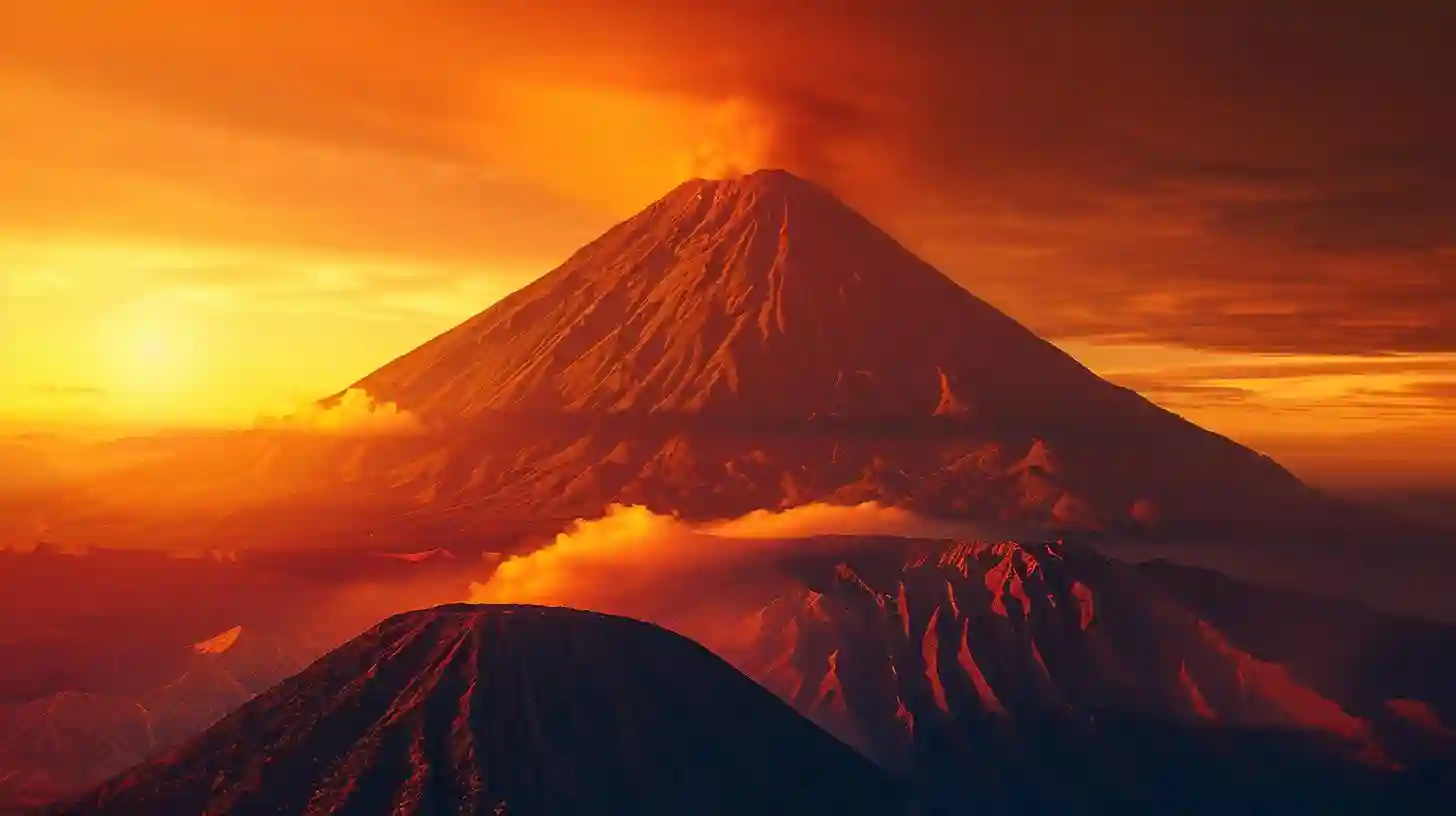
The catastrophic event that led to the destruction of the ancient Roman city of Pompeii was the eruption of Mount Vesuvius. This volcanic eruption remains one of the most dramatic and well-documented natural disasters in history. The eruption did not just obliterate Pompeii but fundamentally altered the landscape of the entire region and left an indelible mark on the history of natural disasters.
Mount Vesuvius is a stratovolcano located near the Bay of Naples in modern-day Italy. Its most infamous eruption occurred in the first century, at a time when the Roman Empire was at the height of its power and glory. Pompeii, along with its neighboring towns of Herculaneum, Stabiae, and Oplontis, was a thriving urban center, complete with luxurious villas, bustling marketplaces, and vibrant social life.
Pompeii and the surrounding towns were situated near the base of Mount Vesuvius, an area that in modern times would be considered perilously close to an active volcano. However, ancient Romans did not have the benefit of modern volcanic science. They were largely unaware of the impending danger that loomed over them. Despite some historical records suggesting that volcanic activity had occurred in this region before the catastrophic eruption, the residents of Pompeii appeared unconcerned about living in the volcano's shadow.
The eruption began with a series of explosive events that sent a colossal plume of volcanic ash, gas, and pumice high into the atmosphere. Contemporary accounts, most notably that of Pliny the Younger, provide a vivid description of the disaster. Pliny, a Roman author and historian, witnessed the eruption from a distance and recorded his observations in letters to his friend Tacitus. These letters are among the most important primary sources for understanding the events that unfolded.
Pliny described the initial explosion as resembling a massive umbrella pine tree, with a tall trunk-like column of smoke and ash that spread out at the top into an immense cloud that darkened the sky. This massive plume could be seen from miles away, and the sound of the explosion was heard across the region. The initial phase of the eruption lasted for several hours, blanketing Pompeii and the nearby areas in a thick layer of ash and pumice. The continuous fall of ash turned day into night, creating an eerie and frightening atmosphere.
The eruption's deadly impact was not limited to the ash and pumice. The volcano also emitted a series of pyroclastic flows, fast-moving currents of hot gas, ash, and volcanic debris that raced down the slopes of Vesuvius at terrifying speeds. These flows, reaching temperatures of up to several hundred degrees Celsius, obliterated everything in their path. Buildings were knocked down, and the town's residents were caught off-guard and had little chance of escape.
Not all victims of the eruption were killed instantly. Archaeological excavations of Pompeii have unearthed the remains of people who had attempted to flee or seek shelter within their homes. Many of these individuals were preserved in the positions where they fell, their bodies entombed by volcanic ash and later discovered by modern archaeologists. The details of their last moments are hauntingly preserved, giving deep insights into the human cost of this natural catastrophe.
One of the most striking aspects of Pompeii's destruction is how well-preserved the city remains. The volcanic ash that buried Pompeii acted as a remarkable preservative, encapsulating buildings, artifacts, and even moments in time. Excavations have revealed intricate mosaics, frescoes, household items, and graffiti, all providing a snapshot of daily life in Pompeii before the eruption.
The preservation of Pompeii has offered historians and archaeologists an unparalleled glimpse into the past. Streets remain remarkably intact, lined with shops, homes, and public baths. The forum, the center of Pompeii's public life, stands as a testament to the urban planning and architectural prowess of the Romans. The amphitheater, where gladiatorial games took place, offers another poignant reminder of Roman culture.
One remarkable discovery was the Villa of the Mysteries, a well-preserved home with intricate wall paintings depicting mysterious religious rites. Similarly, the House of the Faun revealed the remains of elaborate gardens and expansive living spaces, indicating the wealth and lifestyle of Pompeii's elite.
This ancient Roman city's tragic end was not in isolation. Neighboring Herculaneum, located closer to the volcano, suffered an equally devastating fate. However, the nature of its burial differed due to its proximity. Herculaneum was engulfed by pyroclastic surges and mudflows that carbonized wooden structures and preserved organic materials like food, furniture, and even woven baskets. This distinct preservation provides invaluable information about Roman life and activities that would have otherwise been lost to history.
Modern scientific efforts continue to probe the mystery of Vesuvius. Volcanologists study the eruption patterns, geology, and deposit layers left behind. Geophysical surveys and modern excavation techniques further push the boundaries of our understanding. These endeavors help us appreciate the immense power of volcanic eruptions and the potential threats they continue to pose to human civilization. Vesuvius remains an active volcano, and the dense population of the surrounding region remains ever vigilant.
The tragedy of Pompeii has inspired countless works of literature, art, and scholarship. The tale serves as a poignant reminder of nature's unpredictability and the fragility of human endeavors. Vesuvius's vengeance was swift and unyielding, but in its wake, it preserved a city in a form that allows future generations to witness Roman life frozen in time.
While ancient Romans might not have had the means to predict the eruption, the lesson learned from their misfortune has been invaluable for modern volcanology and disaster readiness. By studying the layers of ash and the distribution of volcanic deposits, scientists have developed models to anticipate future volcanic activities. The tragedy of Pompeii has thus provided not just historical insights but also practical, life-saving knowledge applicable in the present and future.